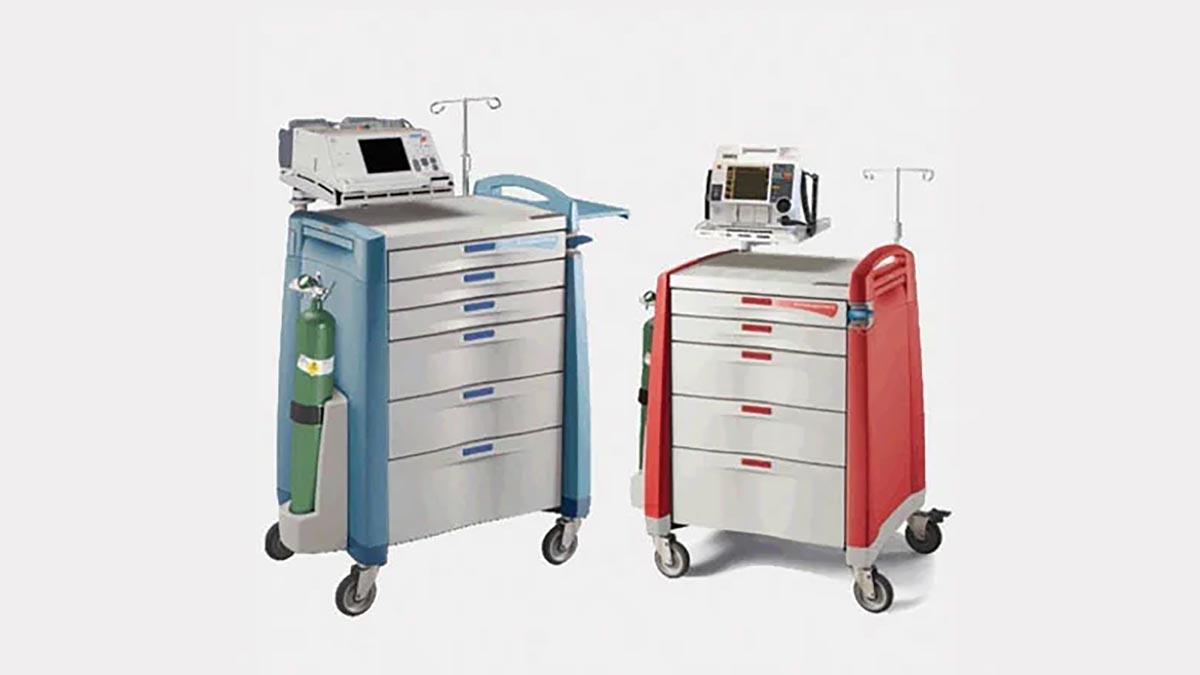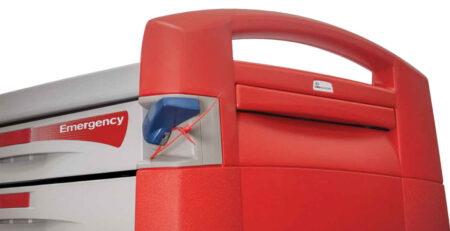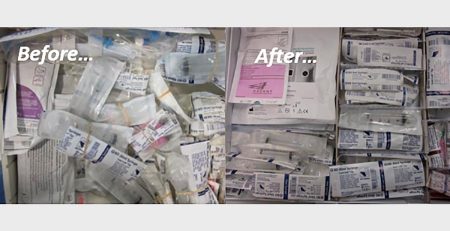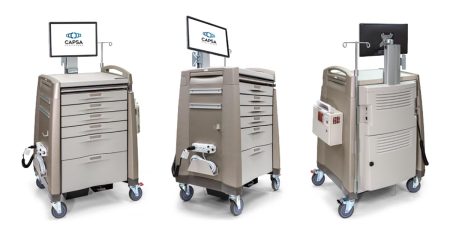Solving An Identity Crisis
Several years ago, I was struck by how a single word could not only identify something—what it is—but could also describe where it is, how it is, etc. That moment came through a series of appointments and a surgeon who has a gift for describing a procedure using medical vernacular, with all its Latin terms, in a way that was very comprehensible to the lay person. Compared to his description, I would use many more words, even sentences to describe the same scenario. I gained a new perspective on how concise medical language really is.
Since then, while dealing with medical carts for various hospital departments I have noticed that the labels often used to identify their medical carts range from the very general type (such as Treatment, Procedure, Crash, etc.) to the more specific role (such as Nerve Block, Suture, or Cast, etc.). Some carts share aspects that are more or less universal. For instance, it’s almost universally true that crash carts are red or blue, anesthesia carts green and isolation carts are yellow.
Developing Solutions
However, very few are universal and specific in their color, configuration, contents and locking—like I referenced in the manner of my opening analogy. To resolve that identity crisis, Convergint has developed solutions that solve that identity crisis by working hand in hand with the clinicians on these medical carts:
For instance, a hemorrhage cart’s name implies it use without a second thought. How about a cast cart? Or what about developing a cart that assists in a current workflow like a pre-anesthesia cart?
When seconds count to save a life, anesthesia and crash carts benefit from a universal nature. When it comes to treatment carts there are many variations throughout a ecosystem; including clinics, professional offices, surgical centers, acute care hospitals, extended care facilities and even correctional facilities.
“Workflow inefficiencies can ultimately lead to work arounds which can translate into greater cost of care delivery or, at an extreme, greater exposure to liability.”
Because of this general vernacular, treatment cart, the configurations may actually hinder work flow efficiencies because they are not specific to the needs of the cart. These inefficiencies can ultimately lead to work arounds which can translate into greater cost of care delivery or, at an extreme, greater exposure to liability.
Convergint strives diligently to work with customers by fully understanding the application and work flow of their medical carts. We guide customers to the most supportive configuration for their workflow needs. For example, we want to understand:
- Cart size (height) – is the cart parked under a counter or does it need to be at an ergonomic height?
- Drawers –number and sizes of drawers and their division of space.
- Locking – what type of access, level of security, local or remote supervision.
- Integration – the ever-increasing integration of patient monitoring, telemetry, charting and consolidating carts by eliminating roll stands, ring stands and/or bakers carts.
By answering these questions, we will help build the right cart for the right use that supports your workflow. We would love to hear from you.
Medical Equipment & Healthcare Solutions
Connect with Convergint at (800) 968-3135 to learn more about our commitment to delivering exceptional results to our customers through unparalleled customer service.





